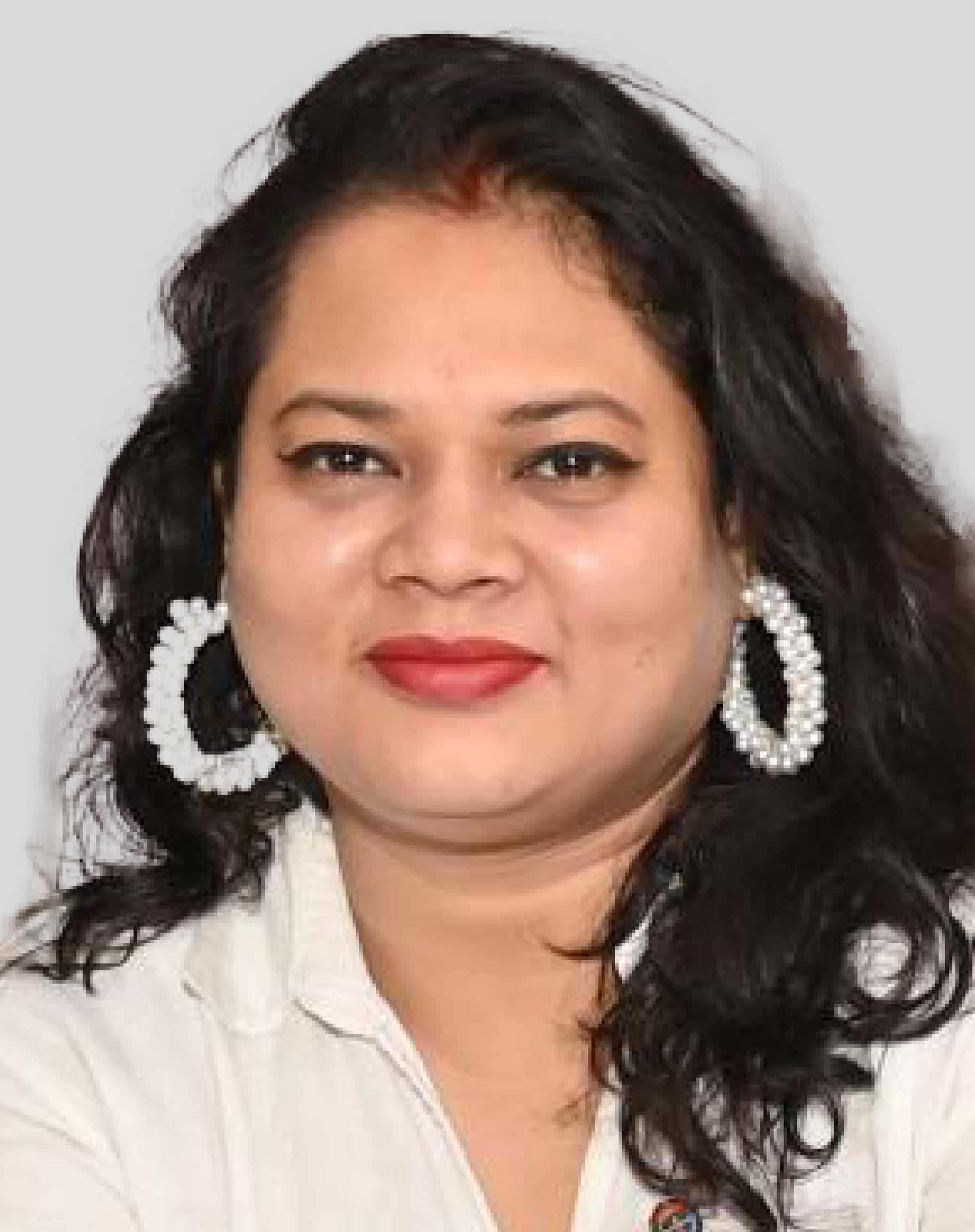Rourkela is among India’s oldest planned cities and the third largest urban agglomeration in the eastern state of Odisha after Bhubaneshwar and Cuttack. The city is known for India’s first integrated public sector steel plant, set up in the 1960s with German collaboration and technical expertise.
The township in the vicinity of the steel plant city was also designed by the German planners. This is one of the reasons why that area is better developed than adjoining localities which got neglected and often lacked basic amenities.
“Before the implementation of the Smart City project, the civil township area did not have all the facilities that were available for the Steel City people. We had to address that gap. GIS solutions played a huge role in defining the overall growth of the city,” says Ram Mohan Mishra, Town Planner for Rourkela Smart City Ltd. (RSCL).
“Our mission is to provide healthy and hygienic life to the people of the city and to improve the life of the people in our area with the help of user-friendly, sustainable and smart technologies,” he adds.
Role of GIS
When Mishra joined the Rourkela Development Authority, they developed Comprehensive Development Plan (CDP) on the GIS platform.
“We began using Esri’s ArcGIS platform, and with the help of GIS we are addressing all the infrastructure related issues, such as traffic management, sewage drainage, firefighting, solid waste management, electricity distribution and restructuring/ redevelopment of old buildings, as well as in construction of the new infrastructure and to improve the quality of slum people’s lives,” says Mishra.
Location plays a crucial role in every aspect of city development planning. To better the quality of life of the citizens, GIS provides an IT infrastructure where all the stakeholders are involved in every activity starting from planning and conceptualization to development, monitoring and maintenance.
“There is a vital role of Geospatial data in building the smart city. The foundation works for the preparation of smart city projects are based upon the CDP of Rourkela which prepared the geospatial data on GIS platform,” adds Mishra.
With the help of GIS, planners collect the required data, tally it with the grievances/queries, build capacity to address the needs and develop infrastructure based on the demands and requirements.
ALSO READ: Smart City as a Perennial Conversation
Towards Sustainability
In order to fit into achieving the Sustainable development goals (SDGs), RSCL has taken up environment, energy, area development projects, and is contributing to the development of parks, plantations, riverfront development, and a lot more. The existing sports complex is also being upgraded.
“With the help of GIS solutions and Smart City initiatives, we are trying to develop operational activities for the city’s municipal corporation which includes clear communication with citizens, addressing their grievances, and providing smart solutions through a single platform,” he adds.
Along similar lines, there is a need for other smart cities to find their potential to bridge social divide and devise tech infrastructure for education, tourism, healthcare, and other specialized services.
Smart Achievements
Rourkela was awarded as one of the 10 Indian cities to win the “Nurturing Neighbourhoods Challenge” under the aegis of the Smart Cities Mission of the Ministry of Housing and Urban Affairs (MoHUA).
Apart from that, as soon as International Hockey Federation (FIH) awarded India the rights to the men’s Hockey World Cup, Hockey India announced that Odisha will host the 2023 edition of the World Cup in Rourkela.
Within 15 months, not only Rourkela planned the upgradation of Birsa Munda stadium to FIH standards but also delivered it and recorded itself in the Guinness book of the world for being the best hockey stadium in the world with the highest sitting capacity of approximately 25000.
Along with the upgradation of the stadium, other developments that took place during these 15 months included the development of an airport, smart bus service, Science Park, and installation of smart lights to ensure better connectivity and attract more visitors to the city.
ALSO READ: How are we transforming Varanasi into a Smart City?









